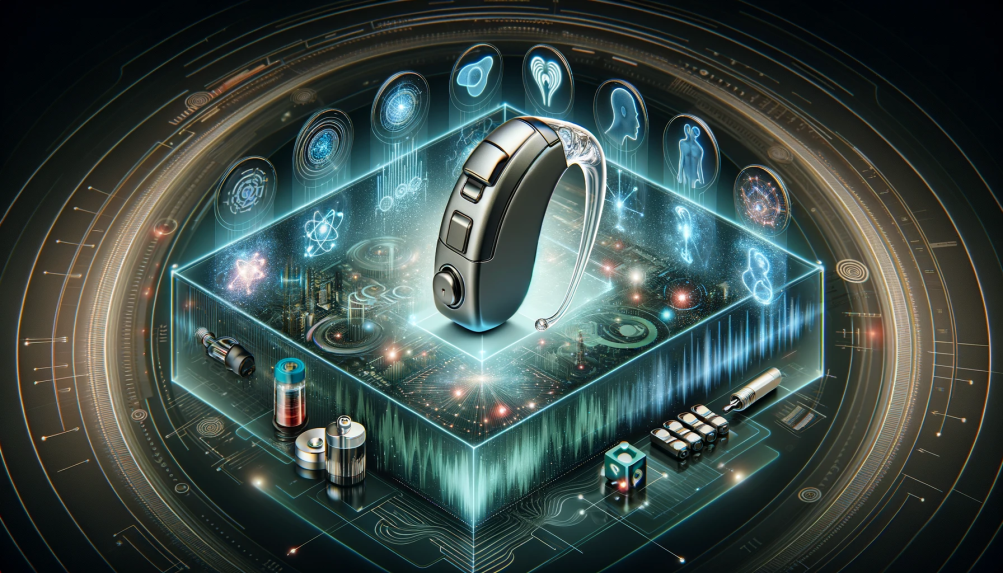
The majority of people with hearing loss in Tucson can benefit from wearing hearing aids—yet many don’t. Some worry over a perceived stigma or are doubtful that the devices will improve their hearing, but with the technological innovations hearing aids have undergone over the years, those fears are ungrounded.
The first hearing aids date back to the 17th century. Called “ear trumpets,” their primary function was to funnel sounds into the ear canals. Doesn’t get much more low-tech than that.
By the end of the 19th century, hearing aids were relying on electric currents to amplify sounds. Hearing aids using vacuum tubes made their debut in 1920, converting speech into electrical signals by using telephone transmitters which amplified sounds and sent them to a receiver. These were closer in concept to today’s hearing aids, but were too heavy and bulky to be portable; uses had to place them on a table instead.
After World War II, transistors appeared, and hearing aids consumed less battery power and grew smaller. In the 1980s, high-speed micro-processors were used, and the following decade, digital technology began to show up. Today’s hearing aids are tiny and powerful and offer options unimaginable even a decade or two ago. Technology continues to march forward; it’s possible that the next generation of devices will be unrecognizable!
The biggest technical innovations in hearing aids over the past decade include the following.
Rechargeable batteries. Hearing aids need power to operate, and that has traditionally meant batteries. A lot of them. Users typically replace the batteries once a week or so. In the past couple of years, rechargeable batteries have become more standard, allowing users to charge them overnight for a full day’s worth of power. Some manufacturers offer quick-charging batteries that can deliver up to eight hours of power after a 30-minute charge.
Direct audio streaming. Bluetooth® technology allows users to connect a variety of electronic devices to their hearing aids, streaming audio directly from smartphones, TVs, audio devices, computers and more. They can set the volume to whatever level they are comfortable with and don’t have to worry about disturbing others, and can easily switch back and forth between devices. Low Energy streaming technology promises to increase battery life, making the technology even more useful.
More natural sound. Micro-processors allow hearing aids to produce clear, rich, full sound in almost all listening environments, including those where background noise is present. Tones are more nuanced, making everything from group conversations to theater performances easier to follow and enjoy. Ambient noise is more natural-sounding and allows users to choose different focus points. When sudden, abrupt loud noise occurs, automatic programming adjustments compensate.
Smartphone apps. Hearing aid controls can be difficult to operate, especially for people with dexterity issues; as the devices have shrank in size, the buttons have become smaller and hard to manipulate. Smartphone apps solve this problem by allowing users to control volume, adjust programming, check battery status and more directly from their phones. There are even apps that allow them to find misplaced hearing aids.
Tech-enabled customer service. As indispensable as your Tucson audiologist is, making a trip to their office isn’t always convenient—especially when you just need a simple tune-up. An increasing number of hearing aids include remote care programs that allow you to connect directly with a hearing care specialist through a smartphone app. They can help troubleshoot problems remotely and even adjust your hearing aids for you, saving you the time and cost of visiting your audiologist.
If you would like to learn more about the latest hearing aid technology or are considering an upgrade, contact your audiologist in Tucson for more information.
• Can Hearing Aids Prevent Memory Problems?
• Hearing Aids Can Help Delay Dementia
• Hearing Aids Can Help You Live Longer